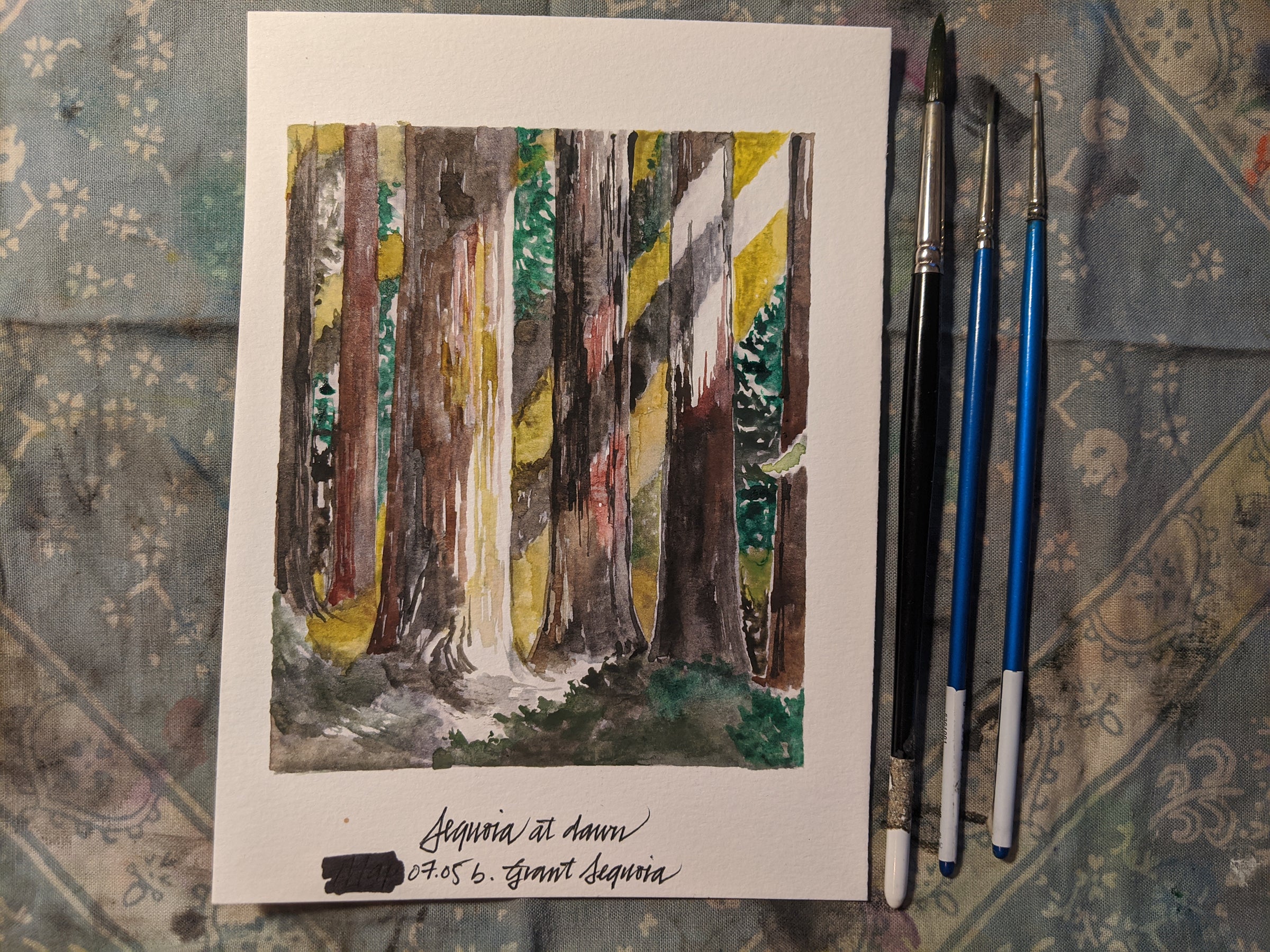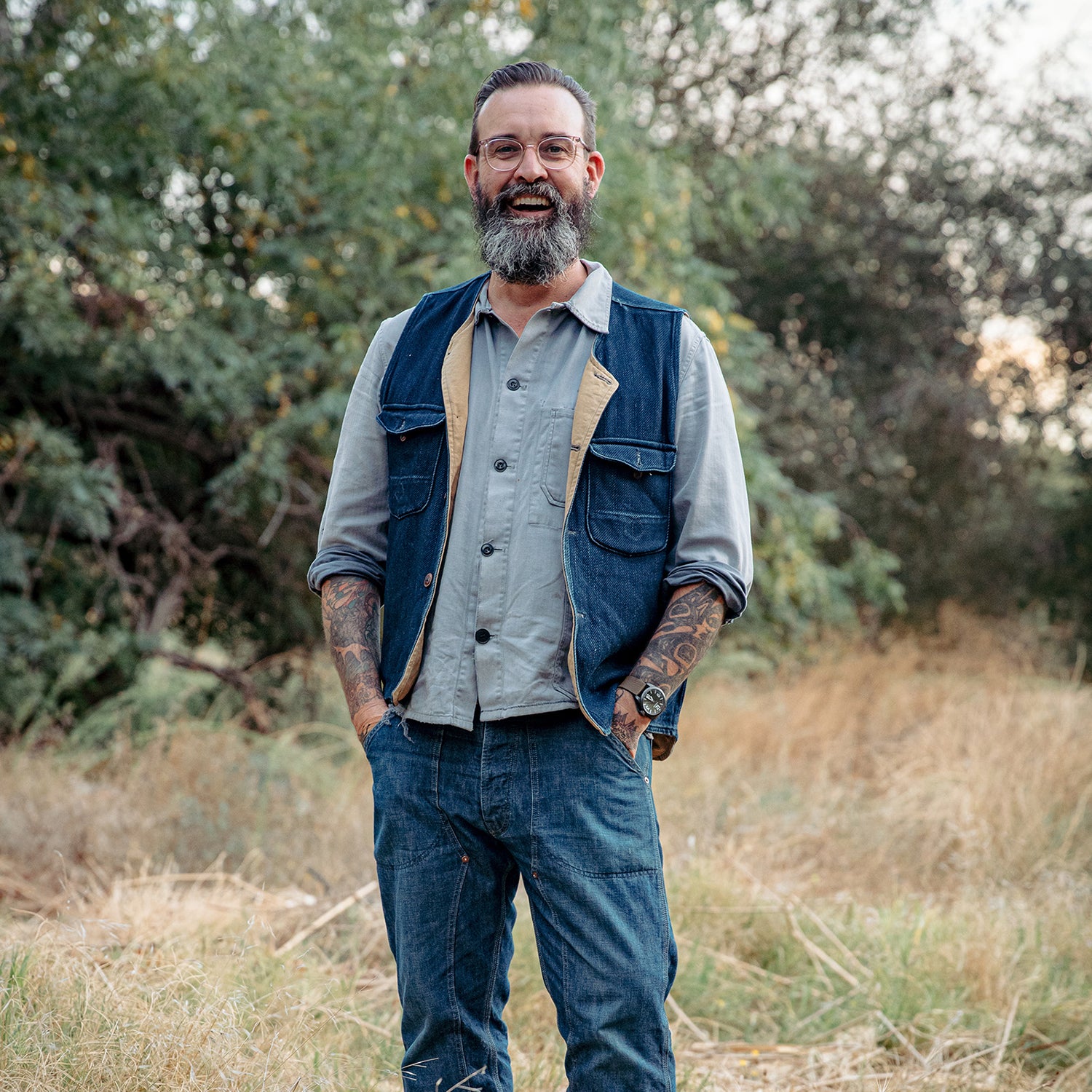Three decades ago, when author was learning to backpack on the California coast, he had a feeling that nature was something that had happened in the past. There were no more otters or humpback whales in the water offshore, no peregrine falcons or eagles soaring overhead. Elk no longer roamed the forests and condors were virtually extinct.��
Recently, Kaufmann, 47, a naturalist and self-described data-driven artist, has experienced a recurring dream that contrasts starkly with that old��reality. In the dream, he’s not sure if he’s old or young, in the future or in the past. He’s walking by the Sacramento River, which is flooded 35 miles across and so full of salmon it glitters in the sun. As he walks upstream alongside the fish, he sees wildflowers crowding the hillsides, insects livening the air, and birds congregating in such numbers they darken the sky. It’s a vision of abundance and possibility, and the dream ends when he reaches the headwaters, the nexus of the life cycle of the fishery. �� ��
Kaufmann shares this dream in the beginning of his sprawling opus of a new book, , which was published in September. The genre-bending work blends science writing, hand-lettered prose poetry, and Kaufmann’s plein-air watercolors, and is intended to be a means to deepen environmental literacy. It’s also an invitation to travel—in perspective—from Kaufmann’s understanding of nature as a child��to the vision of promise embedded in his adulthood dream.��
“I think we are longing, as humans, for a better story,” says Kaufmann. “And my whole job is to start with a better story about just how beautiful this moment is… It’s a moment of transformation and a moment of emergency.”��
The most enticing non-fiction books allow the reader an opportunity to inhabit the worldview of the author. During this year of near-Biblical catastrophe, from the coronavirus pandemic to California’s first recorded —a million-acre wildfire—Kaufmann’s hopeful, inclusive outlook is so appealing it almost feels like a guilty pleasure. He claims a sort of “stubborn optimism.” For every point of despair, he has a point of hope. He is fond of saying that “people protect what they love, and people love what they know,” and so it follows that we must start with the facts and with a better story in which to organize them.��
The Forests of California features hand-painted maps, diagrams, and vignettes of flora and fauna, but it is not a field guide or a textbook. Kaufmann is more concerned with the relationships between things and how systems work than exhaustively answering questions of what, where, and when (but the book does include those details as well). For example, we learn about ponderosa pine and the species it takes up as neighbors and the function palm oases play in the context of the desert. Kaufmann is also forthright that he infuses the book with his own cognitive bias toward celebrating beauty. “I’m not going to leave you alone with the information like a good textbook should,” he says. “This is a story from a guy who’s given his whole life to this thing that he loves most in the universe, which is the natural world of California.”��

If you decide to read this book, take your time. It is densely packed with art that invites lingering and details gleaned from scientific papers that are��distilled to pithy and informative tidbits. (Did you know that the Sierra Nevada has the continent’s highest level of mammal endemism? Or that in a tablespoon of forest soil, there are more microbiotic creatures than human beings alive right now?)��
Even as a non-Californian, I found the presentation of text and art engrossing. It felt natural to extrapolate Kaufman’s way of understanding forest interrelationships to broaden my understanding of my own landscape in southwest Colorado—and my relationship to it. His enthusiasm seeps��through even the most fact-heavy sections of the book, which made it a joy to read, especially during this time of cataclysmic change.��
Kaufmann has published two similar books in the last few years, ��and . This most recent book on forests is the first in a series of so-called field atlases covering a variety of the state’s natural resources. The Coasts of California and The Deserts of California will be published in spring and fall 2021, and another volume, The State of Fire: Understanding Why, Where and How California Burns, will follow in 2022.��
To keep up with his production schedule, Kaufmann borders on obsessive, waking at 4:30 A.M. to work. A former tattoo artist and the son of a psychologist and an astrophysicist, he is prone to long philosophical soliloquies. With a greying John Muir-like beard and a penchant for linen jackets, pocketed vests,��and felt hats, he looks like he could have stepped out of the 19th century. (He often sleeps under a wool blanket while backpacking.)��
This year has been an especially challenging one for California, between the pandemic, civil unrest in response to long-standing racial injustice, and wildfires, but Kaufmann is happy that Forests came out now. While his books have been well received, he occasionally encounters readers who see his optimism as naive. He responds that cynicism, even in these challenging times, is an abdication of one’s social responsibilities.��
“It’s a luxury and an indulgence, a privilege,” he says. “There’s no choice but to be optimistic. But that being said, there is this really important edge to walk on, which is that a lot of people, when they hear optimism, they think idealism. They’re thinking I’m not actually facing the facts—when in fact optimism is, by my working definition, the process of engaging the facts with eyes wide open.”��
The basis for effective action, he says, is cultivating a genuine love for place and an understanding of one’s own part in the interconnected whole of the environment, as well as being informed, which is where his elixir of data-driven art,��cartography, and mystical poetry come in.��
He believes that despite the stressors on the state’s natural resources,��there is a path to leave the 21st century with nature in better shape than it was at the turn of the 20th century. In his previous book tours and, now, online events, he is heartened by meeting people who are motivated, if daunted, to meet the environmental challenges California faces. They come up to him after talks with wide eyes and white knuckles.��
“They’re almost pleading, ‘Obi, what can I do for this thing, this feeling I have that nature is going away, or that we’ve completely screwed things up already?’” he says. “I always answer that kind of question with a question back, like ‘Well, when was the last time you went camping?’”��
Oftentimes, it’s been a while. So he asks those readers with the anxious faces to please put everything down and go connect with the natural world, not just as an escape but as fuel for action and political will. Go roam in the woods and valleys and mountains, he tells them. Take your boots off and dunk your feet in the rivers. Feel the breeze. “Whatever happens next,” he says, “we’re going to need you grounded, we’re going to need you connected, we’re going to need you unpanicked.��Because we’ve got a long trail ahead of us and we’re going to need everybody—and I mean everybody.”��


